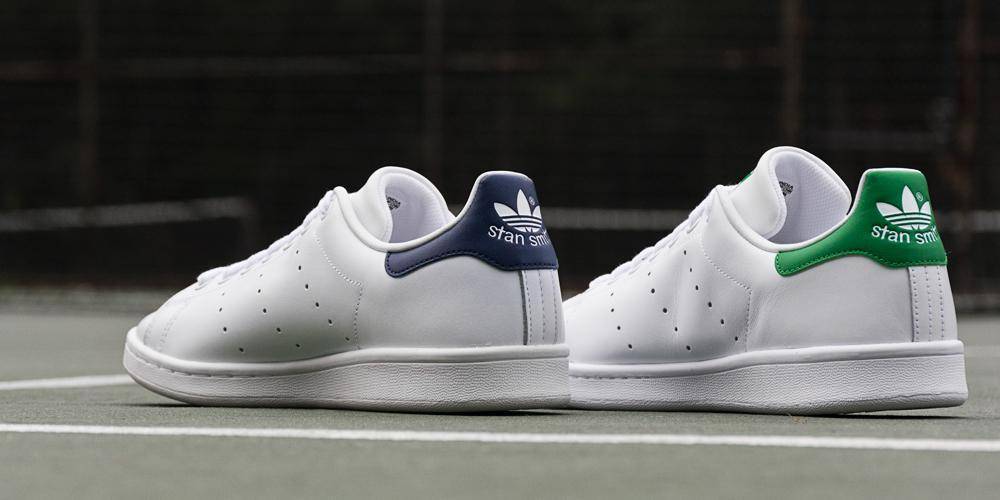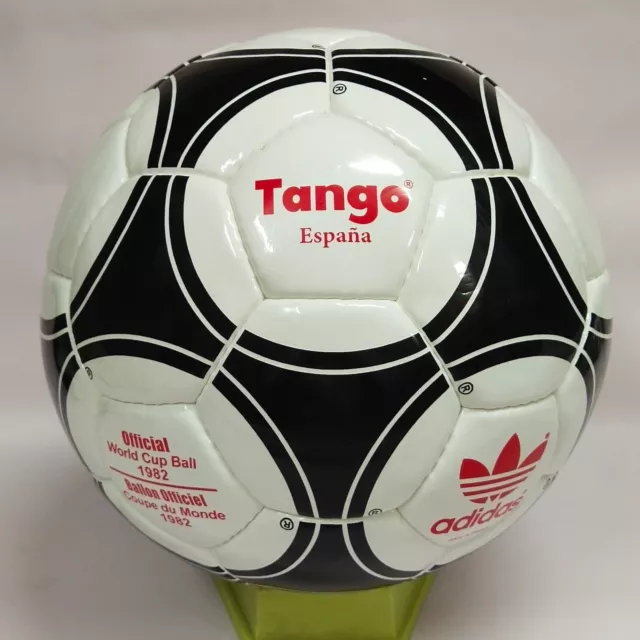The Story of Adidas: From Dream to Global Domination

Adidas, the respected sportswear brand of all time, was born in the 20th century. Rather, it is a narrative that goes beyond sneakers and sportswear; one of innovation, culture and the global reach of sports. This is the full tale of Adidas: its humble beginnings, achievements and crises during its rise to global fame.
Origins: The Early Years
In 1924 Adidas was founded by Adi Dassler also known as “Adi” in Herzogenaurach, Germany. Adi and his brother Rudolf — best known as “Rudi” — worked together on a company they called the Dassler Brothers Shoe Factory. Brothers who had a passion for the game of sports, wanted to provide quality athletic shoes. Their shoes became more famous, especially after on it was worn by the athletes at events like 1936 Berlin Olympics where American sprinter Jesse Owens wore a pair of their spikes and won four gold medals.
While the early years saw Adi and Rudi thriving, their partnership fractured following World War II. A dispute between the two about philosophy and personal matters arose, leading to a split in 1948 when both brothers established their own successful rival companies: Adidas & Puma He called his company “Adidas”, a combination of (his nick name) and the first 3 letters from in last name.
The Birth of a Brand
The brand soon became synonymous with it’s identity and in 1949, the iconic three-stripe logo was officially registered by Adidas. An improvement over the London design, this one actually had influence from sporting goods of an earlier time when traction on shoes was definitely needed! What set Adidas apart from its competitors, and still does today in the world of fashion design are these innovative insights.
During the 1950s ADIDAS grew its float even further. The brand creates soccer cleats which later became a classic shoe that was popular in Europe. They also introduced the first synthetic soccer ball, which they dubbed Tango and this both entrench dent their stake in the sports industry.
Expansion and Innovation
The 1960s were a turning point for the company who called themselves Adidas. This is where the company took its first steps towards expanding to an international level, building distribution networks with various business partners in countries like US and Canada as well as Asia. Adidas was the main supplier at this time, and in 1964 they supplied shoes to the German Olympic team for the Tokyo Games which marked a huge milestone. The brand began to develop an image, and its products became synonymous with things like athletic performance.
It was also during this time that Adidas started to really zero in on innovation. In 1969, Adidas introduces the globally-iconic Superstar sneaker that evolves into a cult shoe of the ‘80s and hip-hop culture. Its notable shell-toe design was a favorite among athletes and musicians.
The Rise of the Superstar

The 1970s confirmed Adidas’ status as a leading sports brand. The Adidas Stan Smith tennis shoe also debuted, and the company added to its innovation list. The shoe was originally designed for the French tennis player Stan Smith, which turned out to be a fashion hit and is popular up until now.
Adidas rose into global familiarity when the German national soccer team had won the FIFA World Cup by wearing Adidas kits and shoes in 1974. Adidas entered the era of sports mega-brands when it rode to new heights on this win.
Challenges and Restructuring
Although these would prove to be a triumphantly successful set of years for Adidas, by the late 1970s and into the 1980s, challenges were emerging. Competition in the market reached a fever pitch, as other brands like Nike and Reebok entered. As a result, Adidas introduced different forms of marketing including endorsements from celebrities and advertising during major sports events.
But in the nineties, Adidas was going through a financial crisis. The structure of the company was too complicated and it lost market share. Adidas was made public in 1993, and the same decade saw considerable change at the company as it sought to become more profitable.
World Cup 1998 and A Beginning of a New Age

Adidas Tango España Spain FIFA World Cup 1982
The turning point for Adidas came in 1998, when the FIFA World Cup was held in France. The brand were the official sponsor and supplier of the tournament, which saw Adidas unveil a technological masterpiece in ball form: The Tango España. The 1998 World Cup win by the French national squad, whose gear was provided by Adidas would serve as a triumph to re-energized its image.
Throughout the next few years, Adidas would grow and develop their product line. The brand zeroed in on sustainability and introduced ecological materials and production processes. 2003: Adidas release Adizero–a line that focuses on making athletes lighter.
Acquisitions and Expansions
Adidas set off on an acquisition binge in the early 2000s to boost its position. The acquisition of Britain-based Reebok in 2005 was a strategic move to confront Nikes dominance on the North American market. The deal with Reebok allowed Adidas to expand its market presence and product line, making a push for mass appeal.
Adidas also invested in collaborations with big designers and celebrities. This collaboration was the beginning of a new wave when Yeezy series launched in AP worked alongside Kanye West Hi, far bringing differ level pattern excitement brand. The Yeezy shoes leveraged this cultural zeitgeist while mixing fashion with sportswear like never before.

Emphasis on Sustainability
Adidas has been making big strides in sustainability over the past several years. He laid out aggressive environmental commitments for a company that had opted to use its spill as an opportunity to accelerate the shift it has been making toward greater environmental credibility. Utilising recycled ocean plastic, Adidas launched their Parley for the Oceans initiative in 2015 and produced shoes. It tapped into the zeitgeist among eco-friendly consumers and made Adidas a reference brand within sustainable fashion.
Adidas in 2021 started its “End Plastic Waste” campaign and claimed to make polyester-free products by,other than, the end of 2024. By 2030 we will make every nine out of ten garments from sustainable materials. This dedication to sustainability is characteristic of a larger movement happening in the fashion industry, where consumers are steadily moving towards sustainable practices.
Global Influence and Cultural Implication
Adidas is also influential to the outside sports world. The brand has grown into a cultural phenomenon, representing the worlds of sports, lifestyle and fashion. Working with artists, musicians and creatives who blur the worlds of fashion and sportswear.
Adidas have played a huge part in the world of hip-hop. Run-DMC and other things helped further the brand. M.During the 1980s, C in became cemented in urban culture when M.S. wore its Adidas tracksuits and sneakers on a regular basis now. The Adidas Pharrell Williams collaborations accomplishments, on the other hand, pushed their involvement with music to new heights and created sneakers that were more easily accepted by fans.

The Future of Adidas
Adidas boasts innovation and the capacity to be relevant as early as 2024. This dedication to sustainability and social responsibility shines in the context of a larger movement within the industry. Meanwhile Adidas is discovering fresh technologies such as 3D printing and customization, that will assist to level up the consumer experience.
But the rise of digital marketing and e-commerce has also changed how Adidas relates to its customers. A brand that has tapped into the social media world, using online platforms to keep in touch with a younger audience alongside promoting exclusives and collaborations through virtual advertising campaigns.
The tale of Adidas is a story about perseverance, creativity and relevance in popular culture. From their small family run business beginnings to now being one of the biggest sportswear brands on the planet, Adidas has always been synonymous with sports and fashion across time. Adidas also have a solid foundation for the future of sportswear, thanks to its sustainable perspective and face-to-face customer relations. While it continues to inspire athletes and fashion lovers, the brand still follows his legacy of standing for excellence and being innovative.
Check out other Blogs/ Articles.






